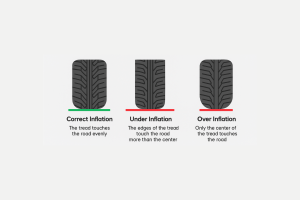Driving in the hot and humid tropical climate in Malaysia makes air conditioning in your car a mandatory feature.
Gone are the days of the swinging six-inch car fans, as I recall in the late 70s, just to move the same hot air around the cabin albeit a little faster.
It is ever a wonder how drivers back then managed with the heat. Perhaps, less traffic jams with the windows wide open.
Not so today. Here are some tips on how you can notice signs that you don’t lose your cool when your car’s AC suddenly fails.
1. Checking the Efficacy of the Air Conditioning
The first thing you can do is to find out if your air conditioner is working well. Here are a few steps you make to do so:
- a. Set your car AC blower to maximum.
- b. Set the blower to the main vents. If the blower isn’t as strong as it should then either the mode door is not tight or the blower motor has given out.
- c. Set the cool temperature to the coldest setting.
- d. Place a thermometer in one of the vents and check the temperature reading after a while. The temperature should match with the temperature setting on the AC with a slight variance.
2. Checking the Cooling Fans
Most car air conditioners have two cooling fans and some just one. If you have a two fans system check to make sure that they are working.
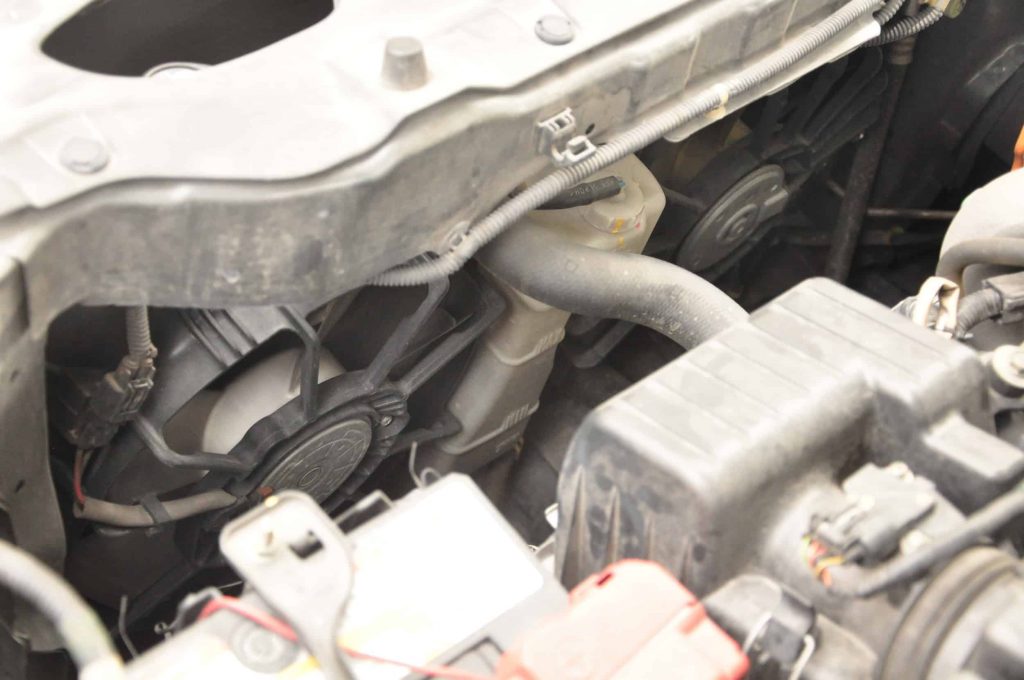
Image of the two cooling fans that you can find in front of your engine.
The AC cooling fans are the most important component to check. If any one of them fails, it will cause the AC compressor to work overtime and will most definitely result in a blowout.
If you see smoke rising out of your hood, and or the temperature gauge rising in your car, best to have it checked straight away!
3. Removing Debris from the Air Condenser
Inefficiencies occur whenever components are not working in their full capacity so make sure the air condenser is free from debris like bugs and leaves.
Bugs can get stuck in them if you often drive in the country. The air condenser is located right in front of the cooling fans and looks like a radiator. Simply use a water hose and flush them out.
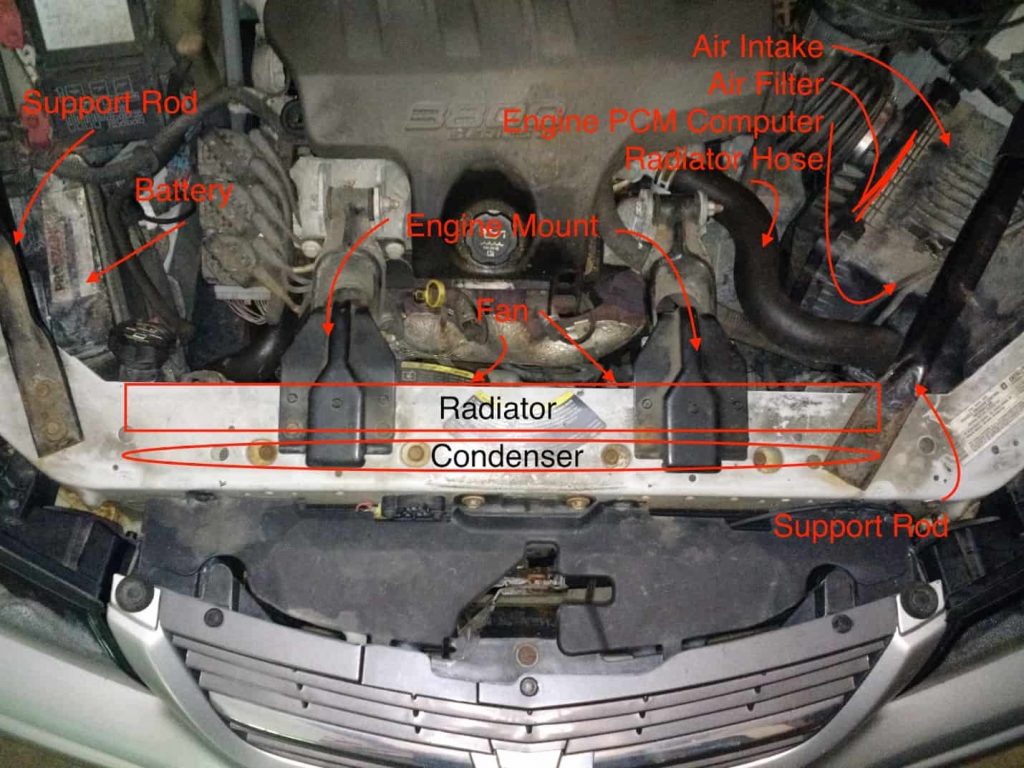
4. Cleaning out the AC Filter
In most cars you will find the AC filter behind the glove compartment. If it is all clogged up with debris, yes including leaves and bugs, change it. Another way to know if you need to change it is smell.
If you find that no matter how clean the cabin of your car is there is still a lingering musty smell especially when you turn on your AC, it is a sure sign that you are dealing with a dirty AC filter.
However, if you ever notice a weird, toxic smell, take it to the mechanic to do a full check. There may be something stuck from outside that is contributing to the smells.
Money saving tip: Just because a filter has debris doesn’t mean that it needs to be replaced. Sometimes it is just the accumulation of larger debris which you can just dust off.
It is the fine dust that is lodged and that you should be concerned about and consider a replacement. Other than that, a replacement is not necessary.
Here is a step by step guide how to access your AC filter. We’re looking at a 2009 Honda City as an example:
Step 1
Open your glove compartment
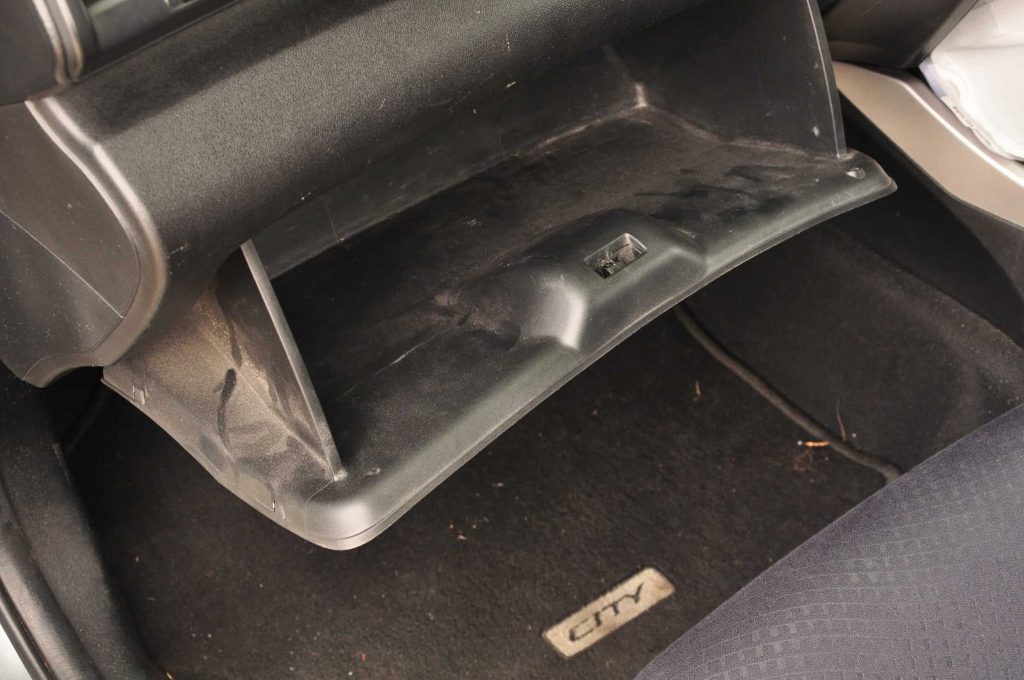
Step 2
Release the hinge on each side of the drawer and the drawer will drop down completely to reveal the AC filter compartment
Step 3
Release the clasps on the side of the cartridge to pull out the filter.
As you can see in this image, the filter that was just changed about a month ago has accumulated a number of leaves.
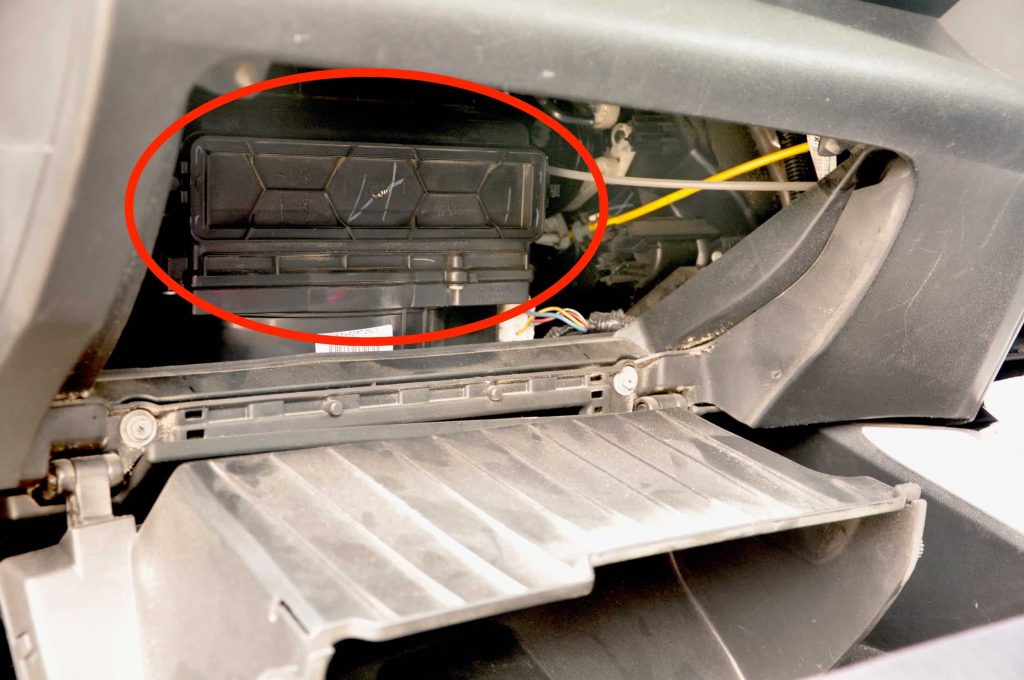
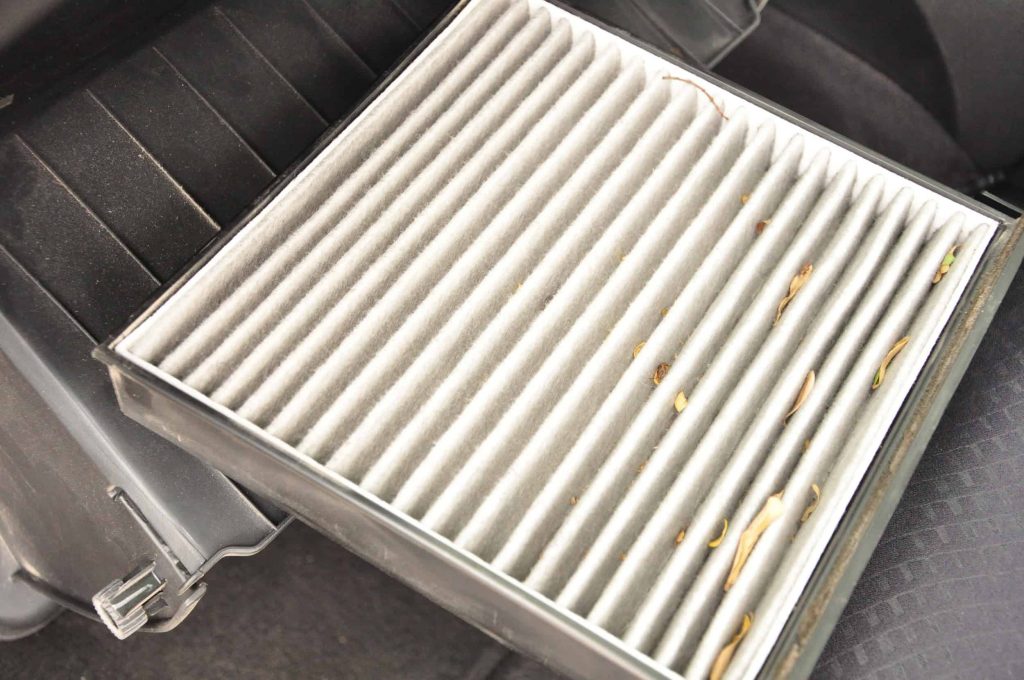
Step 4
Clean out the debris and accumulated dust as much as you can. Sometimes using a vacuum cleaner helps.
When reinstalling the filter remember which side is up and place it back in the same direction.
Step 5: Checking the Fan Belt
If the fan belt has cracks or is loose then the belt will slip and the compressor won’t work as well. Bring in your car for a fan belt replacement.
If you have done all that and it still isn’t working? Another possibility is that your AC is leaking refrigerant.
We would recommend going to your regular mechanic or service center to have it fixed.

